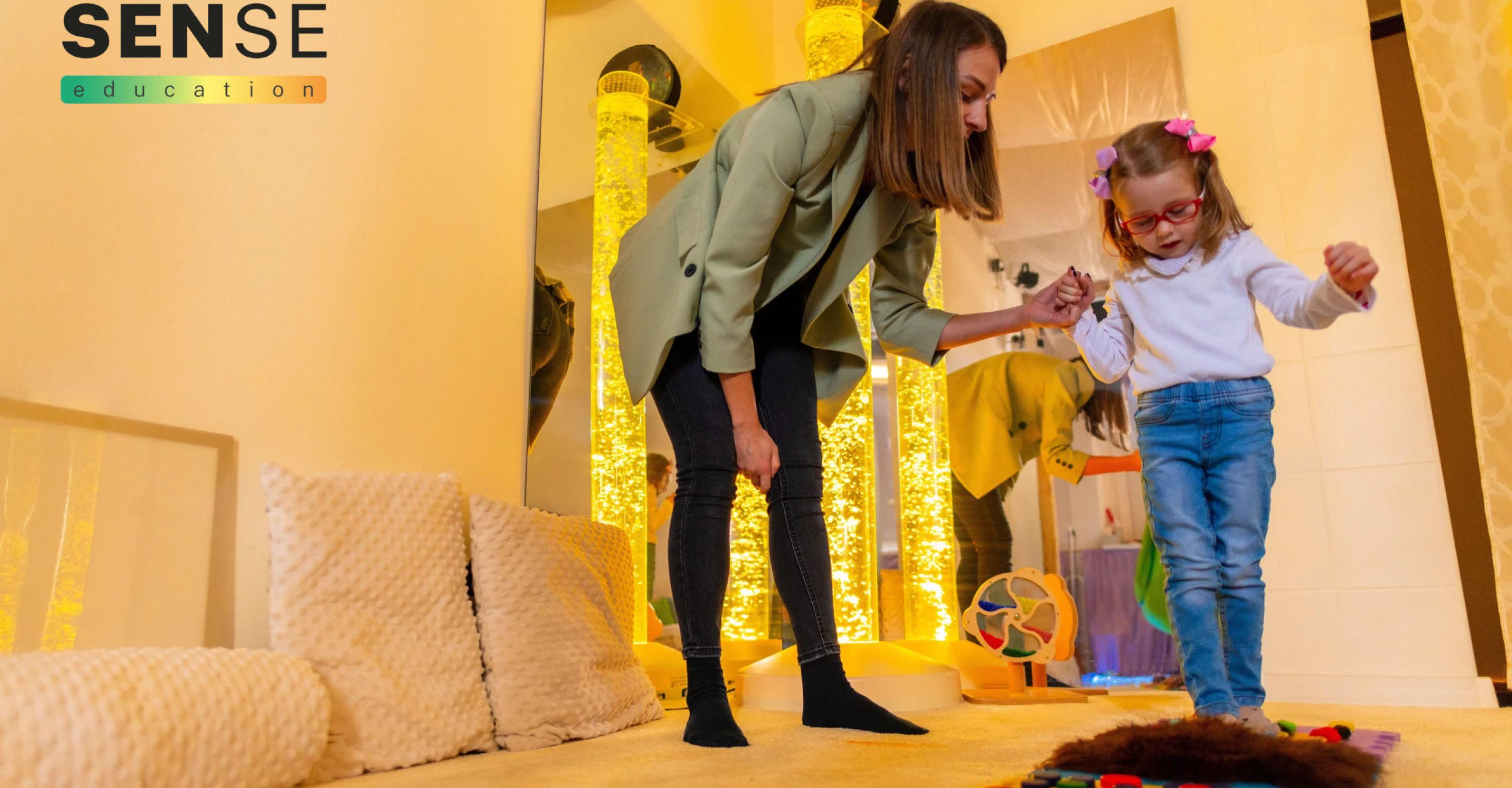Not every child fits neatly into the structure of a typical classroom. For children with SEND, traditional school systems can feel overwhelming, confusing, or even unsafe.
At Sense Education, we see this every day in schools across Cumbria. And we know that it’s not about lowering expectations – it’s about adapting the environment, the approach, and the mindset to meet each child’s needs.
Why Flexibility Matters
For many pupils with SEND, things like rigid timetables, noisy classrooms, and fast-paced transitions can be difficult to manage. When children show distress, it’s often a sign that their environment needs to change – not the child.
That’s where flexible support comes in. It might look like:
- Time in a quiet space to regulate
- Visual routines that build predictability
- Different ways to demonstrate learning
- Calmer communication and reduced demands
These small shifts can make a huge difference.
Time Out Doesn’t Mean Missing Out
Some children need regular breaks from the classroom to reset. That’s not a sign of failure – it’s good practice. Time out of class, when supported properly, often helps children stay in school longer and with more success.
Building a Better Fit
We believe that real inclusion happens when staff are empowered to think differently, trust their instincts, and respond with compassion.
At Sense Education, we champion this kind of flexible support because when children feel safe and understood, they thrive.




